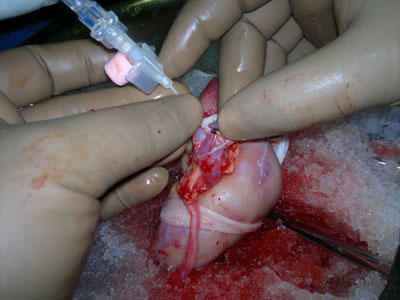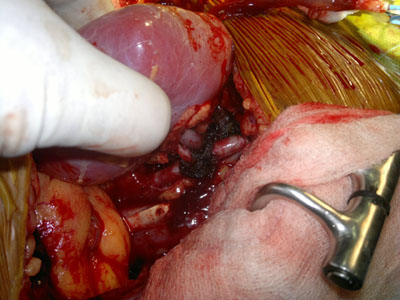 Kidney transplant in Delhi is one of the most common and successful organ transplant procedures performed today. Thanks to decades of fine-tuning, renal transplant in Delhi has become a life-saving alternative for thousands of patients with end-stage renal disease.
Kidney transplant in Delhi is one of the most common and successful organ transplant procedures performed today. Thanks to decades of fine-tuning, renal transplant in Delhi has become a life-saving alternative for thousands of patients with end-stage renal disease.
For patients with kidney failure and those who are not candidates for transplantation, dialysis can sustain life. But what can you expect from either option? The information below can help you discuss renal treatment with your urologist.
What happens under normal conditions?
The kidneys are fist-sized organs responsible for the fluid and chemical balances of your body. Located on both sides of the spine behind the liver, stomach, pancreas and intestines, these two organs are protected by the lower ribs and muscles of the back and sides.
When healthy, your kidneys cleanse the blood of waste products and produce urine. They also balance essential elements, such as sodium and potassium, while providing hormones necessary to regulate blood pressure and red blood cell production.
When these organs fail, harmful wastes build up in your body, leading to high blood pressure, increased fluid retention, imbalances in salts and acids in the blood, and decreased red blood cell production. All of those events can have harmful, possibly life-threatening effects on your heart and brain.
What causes kidney failure?
The most prevalent causes of chronic kidney failure include diabetes, high blood pressure and glomerulonephritis, an inflammation of the organ’s filtering units. These conditions account for three-quarters of reported end-stage cases.
What are the symptoms of kidney failure?
There are many symptoms associated with kidney failure. You may experience swelling in your hands, feet and face along with headaches due to high blood pressure, and even seizures. Your complexion may pale due to anemia, and your urine may become coffee-colored. You may also have chronic bad breath that cannot be freshened by brushing your teeth. You may have fatigue and itchy skin.
How is kidney failure treated?
The most common treatment for end-stage kidney disease is dialysis. This is the process of removing waste, excess water and chemicals (e.g., potassium, sodium, calcium and acid) from the body. There are two types of dialysis: hemodialysis and peritoneal dialysis.
In hemodialysis, the patient’s blood stream is connected to an artificial kidney machine outside the body. Hemodialysis treatments are usually done three times per week and take from two to six hours for each session. Many patients with kidney failure undergo peritoneal dialysis, a similar cleansing process conducted through a tube in the abdomen.
While hemodialysis and peritoneal dialysis will not cure kidney failure, they can replace the work of your kidneys, helping you feel better and live longer.
About 30 percent of kidney failure sufferers are suitable candidates for a kidney transplant in Delhi, a surgical procedure to restore function by replacing two failed kidneys with one healthy organ.
About half of kidney transplants come from non-living (or deceased) donors, even though family members, spouses (living, related donors) and friends (living, unrelated donors) can safely donate if tests can prove they’ll have nearly normal kidney function after giving up one kidney.

Kidney Being Perfused

Transplanted Kidney
A kidney transplant surgeon in Delhi is usually placed transplanted kidney in the lower abdomen without any need to remove the failed kidneys. The new kidney’s artery is connected to one of the patient’s pelvic arteries. The kidney’s vein is connected to one of the veins in the patient’s pelvis. The ureter, the tube that drains urine from the kidney, is connected to the bladder or to one of the patient’s own ureters. In children, the blood vessels from a large adult kidney transplant are frequently connected to the child’s aorta and inferior vena cava.

